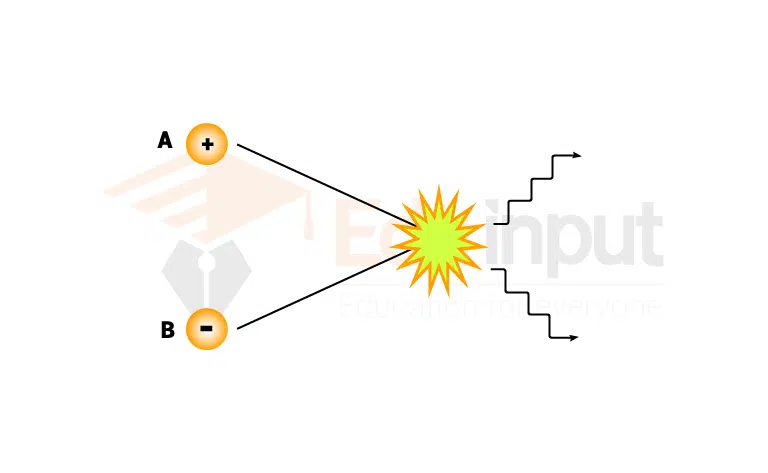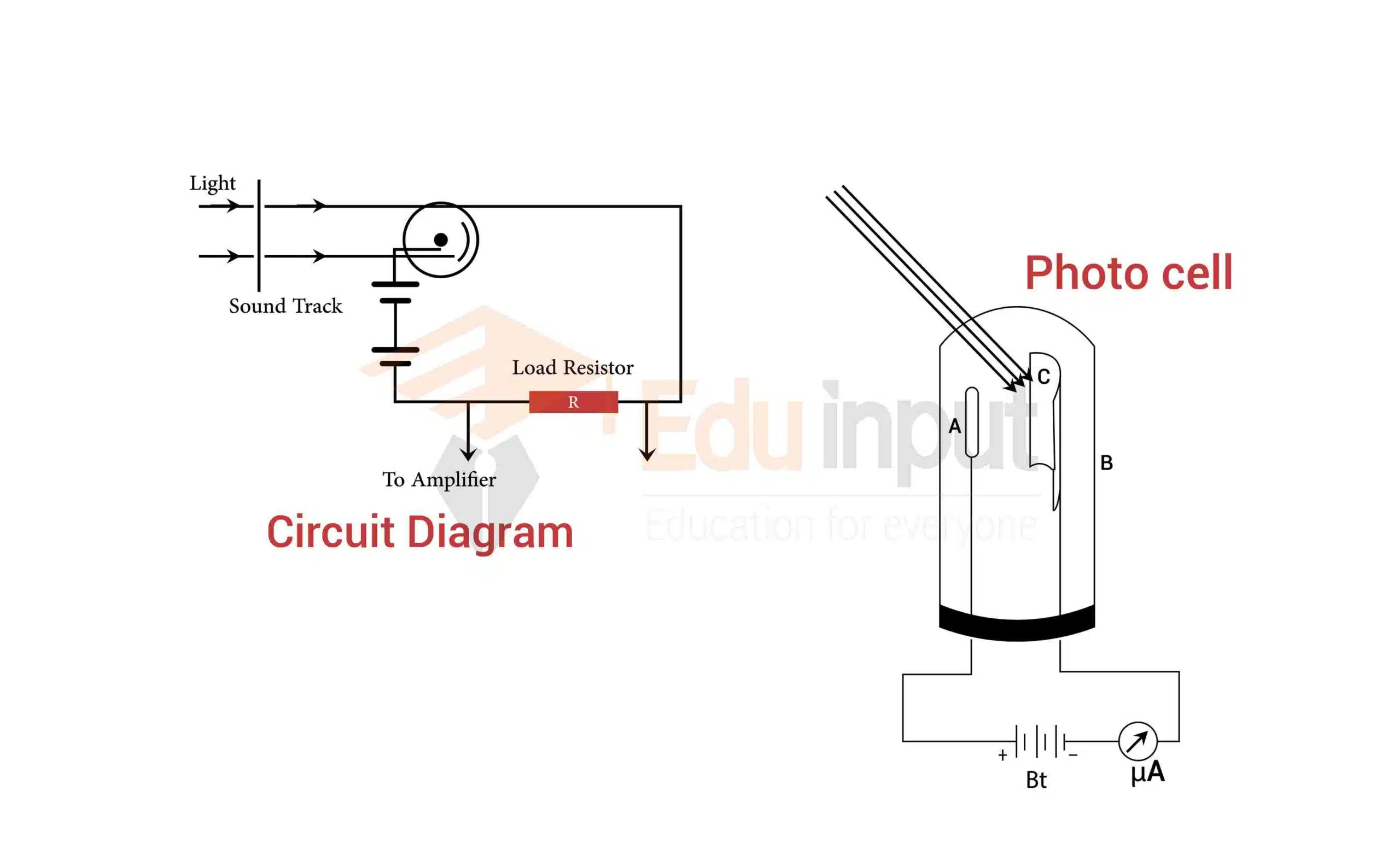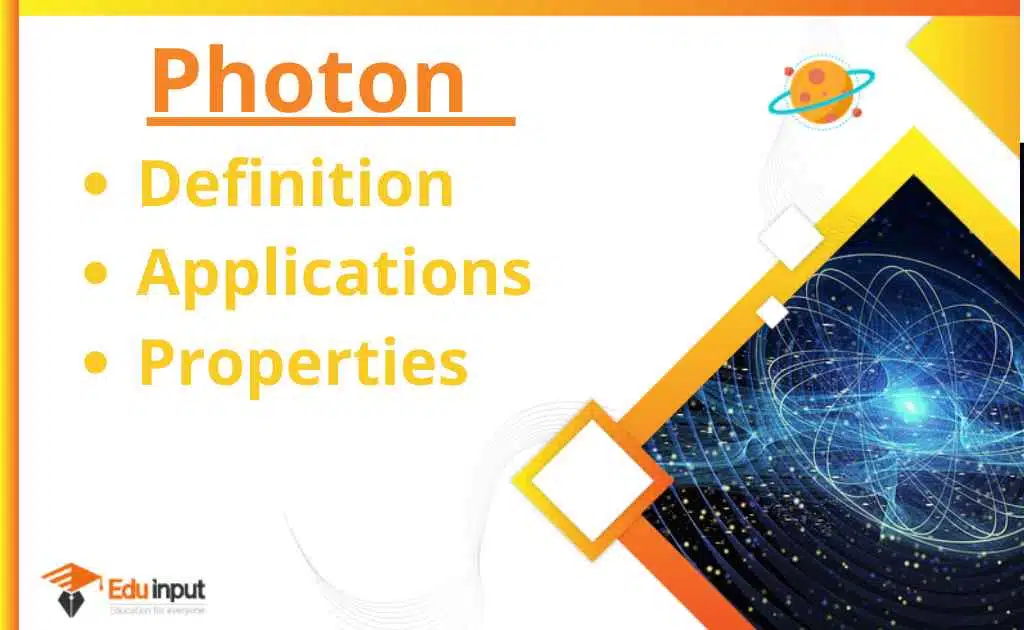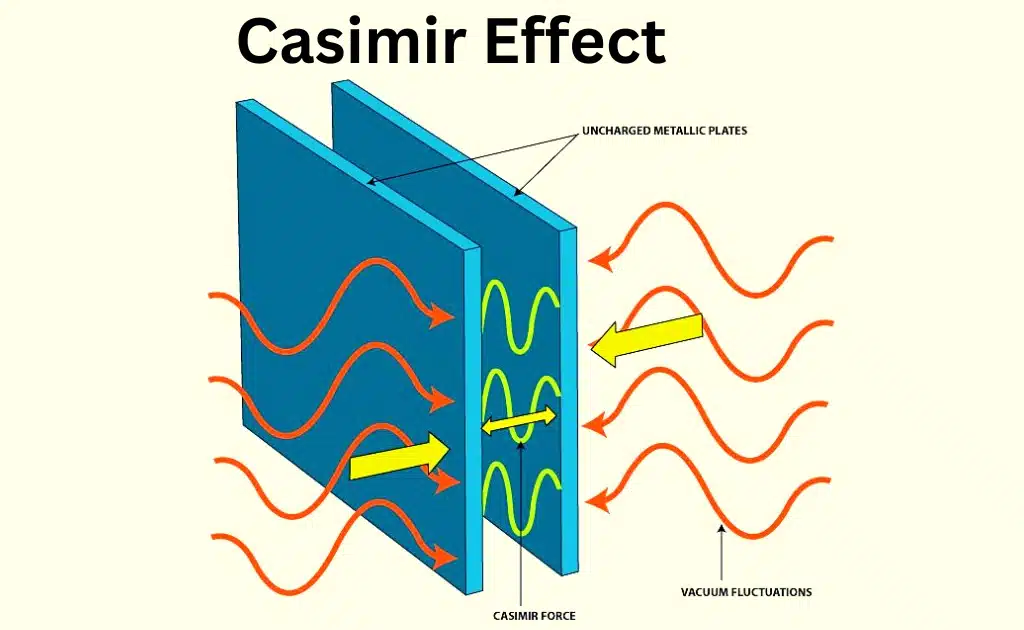Annihilation of Matter-Definition, And Example
Annihilation of the matter is the process when a particle disappears into another particle without leaving any trace of its existence. The disappearance of a particle is also known as decay.
Annihilation of Matter
It is the converse process of pair production. Annihilation of matter in Physics is the process where two particles join together and disappear at the same time. It is a process that occurs in many branches of science and in some of these processes, this process is used to create something completely new. There are many processes where annihilation occurs, and particles are destroyed in all these processes.
How does Annihilation happen?
The process of annihilation is initiated by the interaction between two particles. As soon as the particles interact, they will lose their energy and it is due to this energy loss that they annihilate.
A and B are two particles and they are attracted to each other. As soon as they come close enough, the particles will start colliding and as a result of collisions, they will lose energy. The particle that loses the most energy will lose the most and it will become the lowest energy particle. When A becomes the lowest energy particle, it will become B.
Annihilation of matter example
When electron and positron come close enough, they annihilate or destroy each other, producing two gamma-ray photons each of energy 0.51MeV.
e- + e+ → γ +γ

In order to conserve momentum, the two photons must move in opposite directions. Both the photons are electrically neutral to conserve the charge. The two photos are produced traveling in opposite directions to conserve momentum. Each photon has an energy 0.01Mev which is equal to the rest mass energy of a particle.
2moc2=2(Energy)
moc2= (Energy)
Energy=9.1*10-31*(3*108)2j
=9.1*10-31 *9*1016/1.6*10-19 ev
0.51*106ev =0.51Mev
In 1928 the existence of positron was predicted by Dirac. In 1932 Carl Anderson discovered the position of cosmic radiation. Thus every particle has an antiparticle with the same mass and charge (if it is charged particle) but of the opposite sign. Particle and anti-particles also differ in signs in other quantum numbers. A particle and its antiparticle cannot exist together in one place.
If they meet they annihilate each other. At Lawrence Berkeley Laboratory proton and antiproton annihilation has also been discovered. This means that each particle has its antiparticles which has the same mass and charge with opposite sign. Both of them together do not exist in the same region, because they will annihilate together and their energy will be converted into other forms.
It is the same thing that happens in the case of dark matter, and it is the reason why dark matter cannot be detected. When it is interacting with the matter of the visible universe, it cannot be detected because the matter will annihilate it.
If we can create a new particle from the annihilation of dark matter, then it will not be a problem that can be detected by scientists.
How to detect the annihilation of matter?
In order to know whether the matter has been annihilated or not, we will use cosmic background radiation. It is the remnants of the Big Bang that happened 13.8 billion years ago. It is the presence of this radiation that helps scientists to know that there was some matter in the past. The radiation is scattered by the matter, and this scattering is the reason why scientists can detect it.
The presence of the radiation indicates that there were some particles in the past. If the matter has been annihilated, then the radiation will be deleted. So, we can estimate the number of particles in the past by detecting the radiation.
Annihilation of matter is a process that is used to create something new, and it is the reason why scientists are trying to detect the existence of this phenomenon. In the near future, scientists will try to detect this mysterious phenomenon.







Leave a Reply